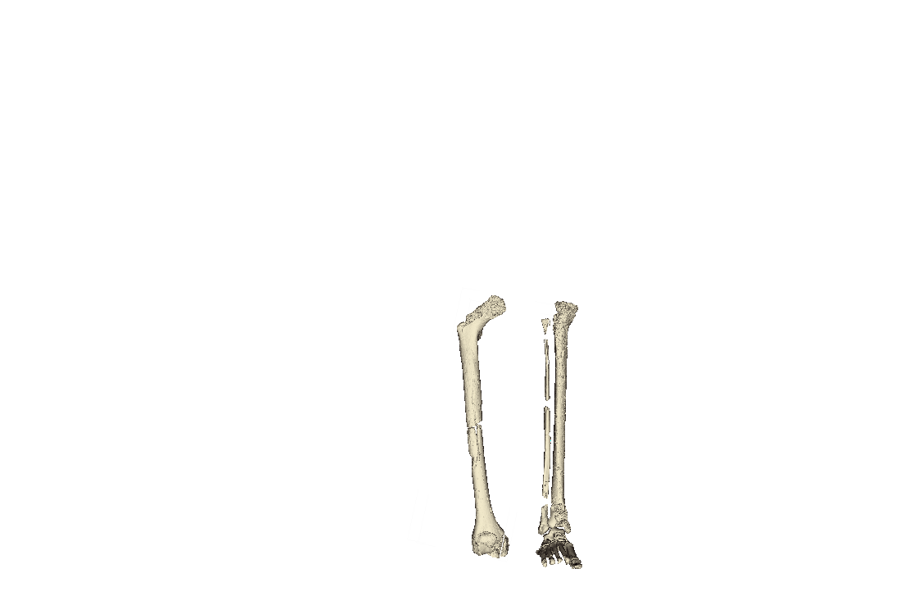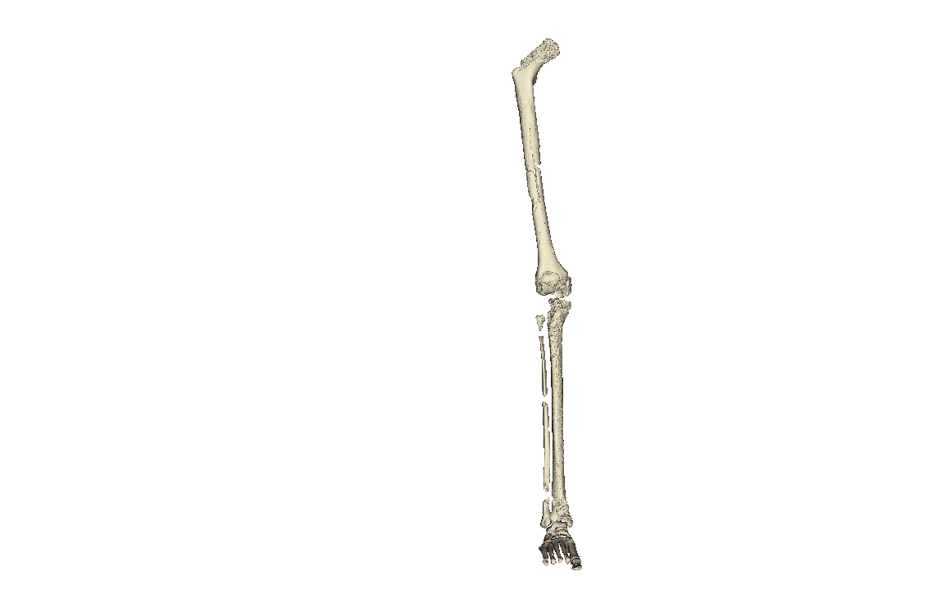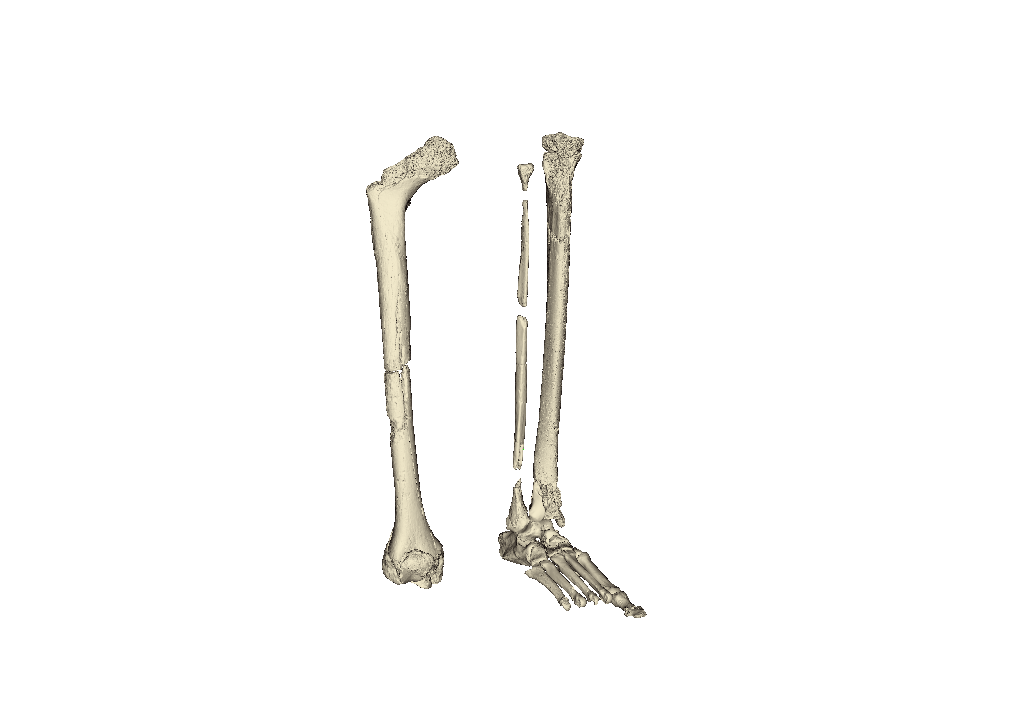Homo naledi fossils show they probably weren’t long-distance runners

Researchers reveal evolutionary significance through 3D reconstruction
A decade after the discovery of Homo naledi fossils in South Africa’s Rising Star Cave system, researchers have gained new insights into how this ancient hominid moved. Using juvenile and adult skeletal elements, an international team from Africa, Europe, and North America analyzed the fossils and reconstructed the entire lower limb of Homo naledi.
The reconstruction revealed hyper-elongated tibias (shinbones) and a high crural index (ratio of shinbone to thighbone length) —features that enhanced walking efficiency over long distances. However, despite its elongated legs, Homo naledi had small knee and joint surfaces, which were not suited for high-impact activities like running. “While its long legs were energetically beneficial for walking, the small joint surfaces suggest that Homo naledi was not built for the repeated impacts of running”, Chapman explains.
Challenging the Endurance Running Hypothesis
The Endurance Running Hypothesis, proposed by Bramble and Lieberman in 2004, suggests that early Homo species evolved traits such as large joints and long legs, enabling long-distance running to pursue prey in hot climates. However, the findings on Homo naledi indicate a different evolutionary path. The combination of long legs and small joints suggests that locomotor evolution did not follow a single, linear trajectory. Instead, in the case of Homo naledi, leg elongation may have outpaced joint enlargement during the Pleistocene.




Homo naledi and evolutionary complexity
Homo naledi lived between 241,000 and 335,000 years ago, overlapping with other Homo species such as Homo erectus. However, despite its late age, the upper body displays surprising primitive characteristics lost in other hominid species over a million years earlier, including a wide lower thorax, elevated shoulders and low humeral torsion—adaptations which are suited for climbing Whilst the lower body, with elongated legs and a modern human-like foot, suggests a capacity for long-distance walking. The unusual combination of traits challenges assumptions that all hominins of this era were fully adapted to bipedalism.
Advancing research with Open Access
Many of the Homo naledi fossils were uploaded to the 3D software platform Morphosource shortly after their discovery in 2015. The international team used software developed at the Université Libre de Bruxelles to create a 3D reconstruction of the lower limb. These reconstructions are also freely available on Morphosource and Sketchfab to support further research and education. “By sharing these models, we hope other scientists and educators can learn more about Homo naledi and explore its unique place in our evolutionary history,” says Chapman.
The study was published in the Journal of Anatomy.
Access the 3D reconstructions
Morphosource Sketchfab



